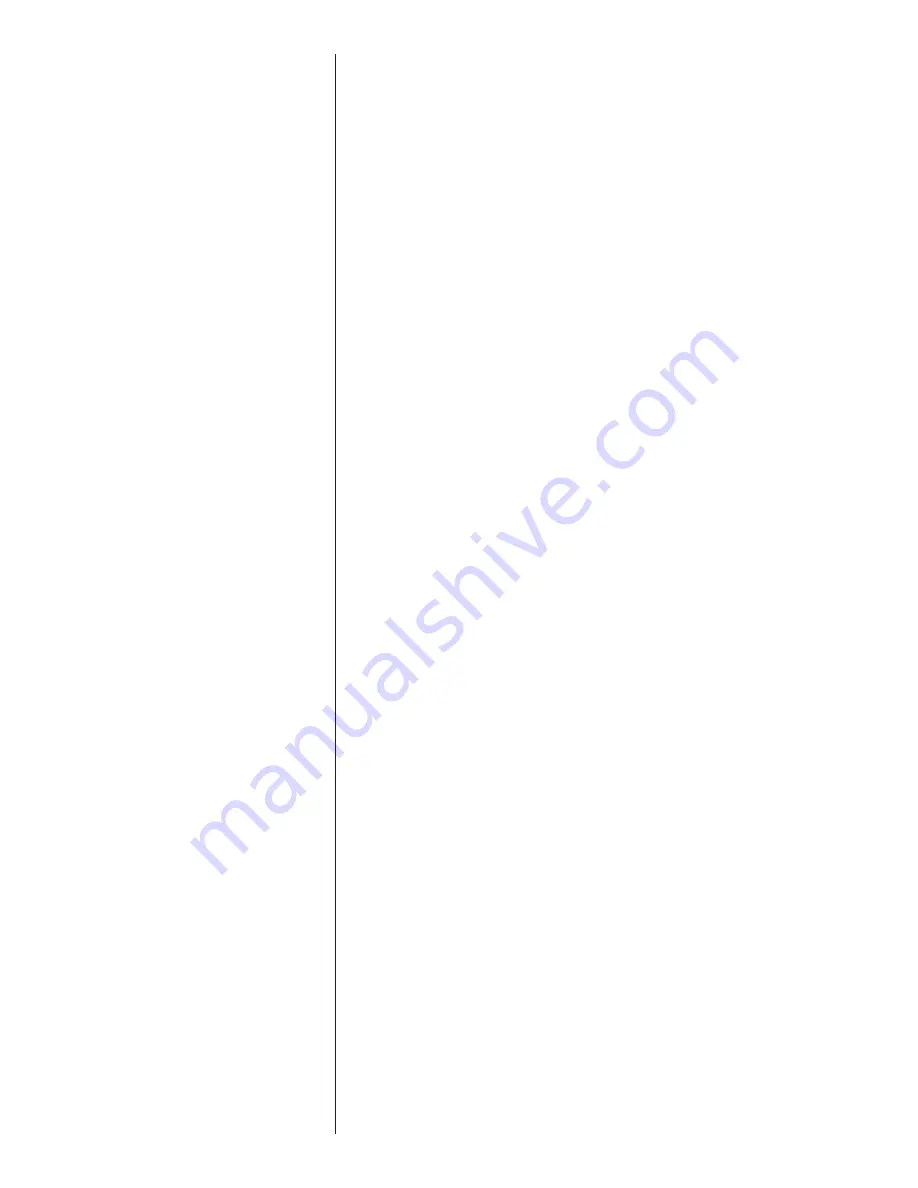
15
Protect the TXV, copper to aluminum suction header joint, and outdoor unit service
valves from overheating using a wet rag or heat sink compound. Leave the wet rag or
heat sink material in place until the joint and surrounding tubing cools down to a safe
temperature. Double tip torches can help minimize brazing time and heat conduction
to the heat sensitive components if the flame is turned down and held on the joint just
long enough to make the braze joint. With both single and double tip torches, turning
the flame up too much and keeping the flame on the joint too long will damage the heat
sensitive components even when a wet rag or heat sink compound is used.
Use a sheet metal shield to protect the cabinet’s finish from the torch flames during the
brazing process. The vapor line insulation should be pushed back on the line about 12
inches from the joint and retained to prevent it from igniting or melting during the brazing
process.
After the refrigerant brazed connections are made at the air-handler and the tubing has
cooled down sufficiently, seal the air gap around the connection stubs with the foam
rubber gasket included in the air-handler parts bag. Peel the self-adhesive backing off
of the foam gasket and position it around the stubs with the adhesive side toward the
cabinet, then press it firmly against the cabinet. The gasket is split to allow it to go over
the stubs after the refrigerant tubes are brazed to the stubs.
After the foam gasket has been installed, the vapor line insulation should be pulled back
in place so it contacts the air-handler cabinet to prevent condensate from forming on the
cold tube and dripping off. A loosely fitting zip-tie placed around the insulation ½” from
the end can be used to hold it in place so it doesn’t move away from the cabinet.
3.9.4 LEAK TESTING
After all braze joints are completed, replace the valve core removed when purging with
nitrogen and then leak test the system by pressurizing to 150 psig with dry nitrogen and
allow the system to sit for at least 15 minutes (longer if possible) to assure the pressure
does not drop.
3.9.5 EVACUATION
If no leaks are detected, evacuate the system down to 500 microns or below before
charging the system or opening the service valves on the outdoor unit which will release
the charge stored in the outdoor unit into the line set and air-handler coil. Failure to
reach 500 microns of vacuum is a sign of a leak or excessive moisture inside the system.
3.9.6 REFRIGERANT CHARGING
Once the evacuation process is completed, break the vacuum with the refrigerant from a
refrigerant cylinder or with refrigerant stored in the outdoor unit by opening the outdoor
unit service valves. The charging process cannot be completed until the remaining
steps in the installation process are completed and the indoor air-flow is adjusted to the
proper level. See Section 4.7 for further details.
3.10 CONDENSATE DRAIN
Consult local codes or ordinances for specific requirements.
IMPORTANT:
When making drain fitting connections to the drain pan, use a thin layer of
Teflon paste, silicone or Teflon tape and install hand tight.
IMPORTANT:
When making drain fitting connections to drain pan, do not overtighten.
Overtightening fittings can split pipe connections on the drain pan.
• Install drain lines so they do not block service access to front of the unit. Minimum
clearance of 24 inches is required for filter, coil or blower removal and service access.
• Although the condensate drain pan is designed is designed to be self draining, it is
recommended that the air-handler cabinet be pitched slightly downward toward the pri-
mary drain connection to assure the condensate drains completely from the drain pan.
The downward pitch should be approximately 1/8” per foot and in both axes.
• Do not reduce drain line size less than connection size provided on condensate drain
pan.
• All drain lines must be pitched downward away from the unit a minimum of 1/8” per
foot of line to ensure proper drainage.
• Do not connect condensate drain line to a closed or open sewer pipe. Run conden-
sate to an open drain or outdoors.
• The drain line should be insulated where necessary to prevent sweating and damage
due to condensate forming on the outside surface of the line.
• Make provisions for disconnecting and cleaning of the primary drain line should it
become necessary. Install a 3 in. trap in the primary drain line as close to the unit as
possible. Make sure that the top of the trap is below connection to the drain pan to
allow complete drainage of pan (See Figure 7).



































